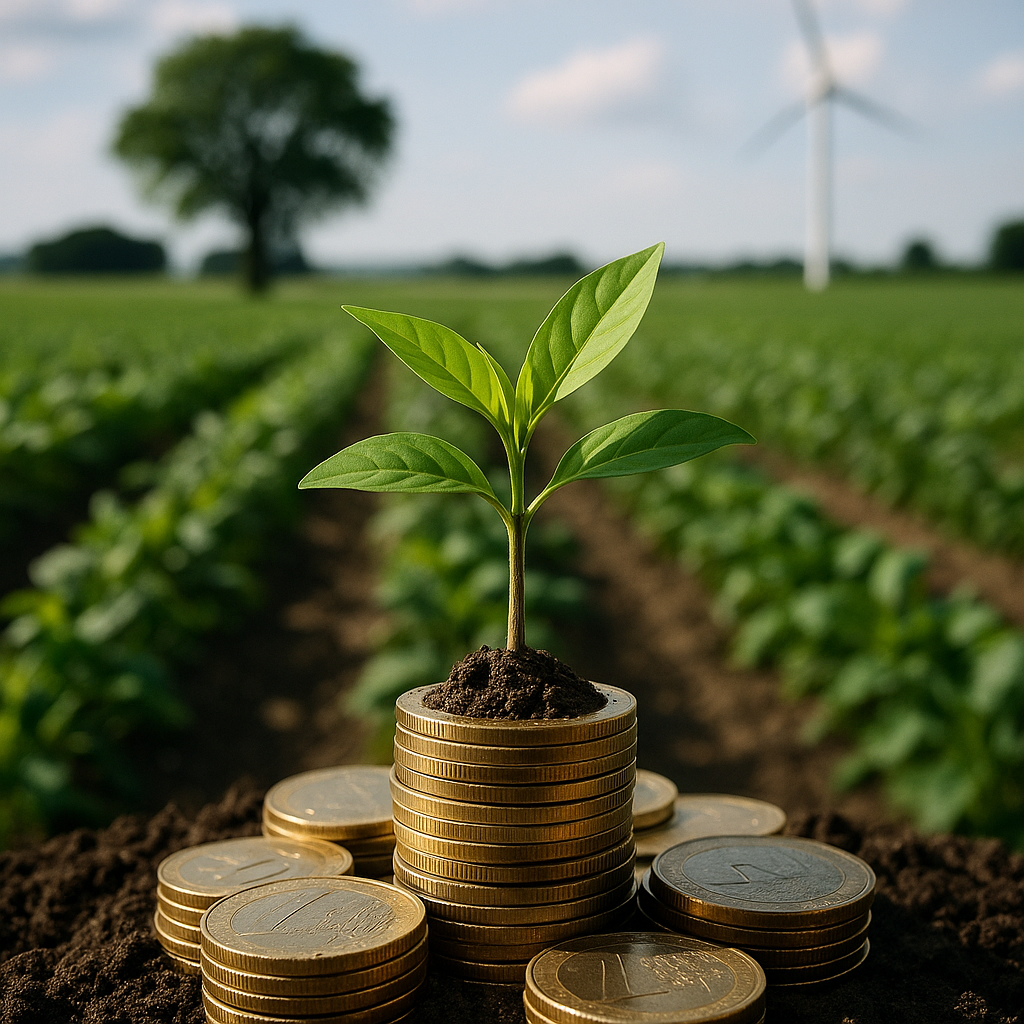Green finance booms as climate crisis accelerates global investment strategies
The study identifies green finance as a rapidly growing field propelled by the urgency of climate change, the transition to low-carbon economies, and international commitments such as the Paris Agreement and the UN Sustainable Development Goals.

A new international study sheds light on the accelerating academic and policy momentum surrounding green finance, identifying critical research trends that could shape future environmental investment and sustainable development strategies. The study, titled “Mapping Trends in Green Finance: A Bibliometric and Topic Modeling Analysis”, is published in the International Journal of Financial Studies (2025).
Using bibliometric and text mining tools on a dataset of 1,372 peer-reviewed articles indexed in the Web of Science through 2024, the authors offer a systematic overview of how green finance research has evolved over the last two decades. Their analysis reveals a sharp increase in publications since 2017 and pinpoints four dominant thematic areas, with China playing a leading role in shaping the scholarly agenda.
What is driving the rise of green fnance research?
The study identifies green finance as a rapidly growing field propelled by the urgency of climate change, the transition to low-carbon economies, and international commitments such as the Paris Agreement and the UN Sustainable Development Goals. The authors trace a steep post-2017 publication surge, linking it to the growing use of financial instruments like green bonds, sustainability-linked loans, and ESG (Environmental, Social, and Governance) frameworks in global markets.
Using topic modeling, the researchers found that the green finance literature converges around four central themes: the impact of green financial mechanisms on reducing carbon emissions, the influence of green finance on energy efficiency and corporate performance, the role of renewable energy finance, and the design of innovative green investment tools. Notably, research on China dominates several of these themes, indicating the country’s outsized influence in setting global benchmarks for green financing.
The findings suggest that academia is responding to policy shifts and investor pressure by increasingly focusing on green capital allocation, climate risk modeling, and sustainable financial innovations. These trends not only shape scholarly discourse but also serve as a barometer for financial markets and governments attempting to align with climate objectives.
Which topics and regions are leading the discourse?
According to the study, journals such as Sustainability and the Journal of Sustainable Finance & Investment are at the forefront of disseminating green finance scholarship. Citation trends and institutional networks also reveal a growing concentration of research coming from Asia, particularly China, followed by Europe and North America.
Thematic analysis via Latent Dirichlet Allocation (LDA) revealed four major knowledge clusters:
- Carbon Emissions and Policy Impact – Investigating how green financing reduces carbon intensity across sectors and regions.
- Corporate Energy Efficiency and Performance – Exploring the linkage between sustainable financial strategies and firm-level operational gains.
- Renewable Energy Finance – Studying the role of capital markets in expanding clean energy infrastructure and access.
- Green Innovation and Investment Instruments – Focusing on emerging tools like climate risk disclosures, ESG scoring systems, and sovereign green bonds.
These categories highlight the interdisciplinary nature of green finance, touching on environmental economics, corporate governance, international development, and public finance. The breadth of the field underscores its significance for investors, regulators, and development agencies seeking to track and influence sustainable growth trajectories.
What are the implications for sustainable development policy?
The rapid expansion of green finance research has direct consequences for public and private sector planning. Policymakers can use these insights to better understand which financial instruments are receiving attention, which regions are setting the pace, and where gaps exist, such as in the integration of green finance with social equity and climate justice.
The authors argue that a more coordinated and evidence-based approach is needed to maximize the developmental impact of green finance. As the field grows, attention must be paid to aligning investment flows with verified environmental outcomes and long-term sustainability goals. The proliferation of ESG tools and green taxonomies presents both an opportunity and a regulatory challenge for governments aiming to avoid greenwashing and ensure accountability.
Moreover, the authors call for broader global participation in the green finance discourse. With China currently leading in volume and scope of research, developing economies, particularly in Africa and Latin America, need greater representation in academic and policy frameworks to ensure more equitable and regionally tailored approaches to climate finance.
- FIRST PUBLISHED IN:
- Devdiscourse










